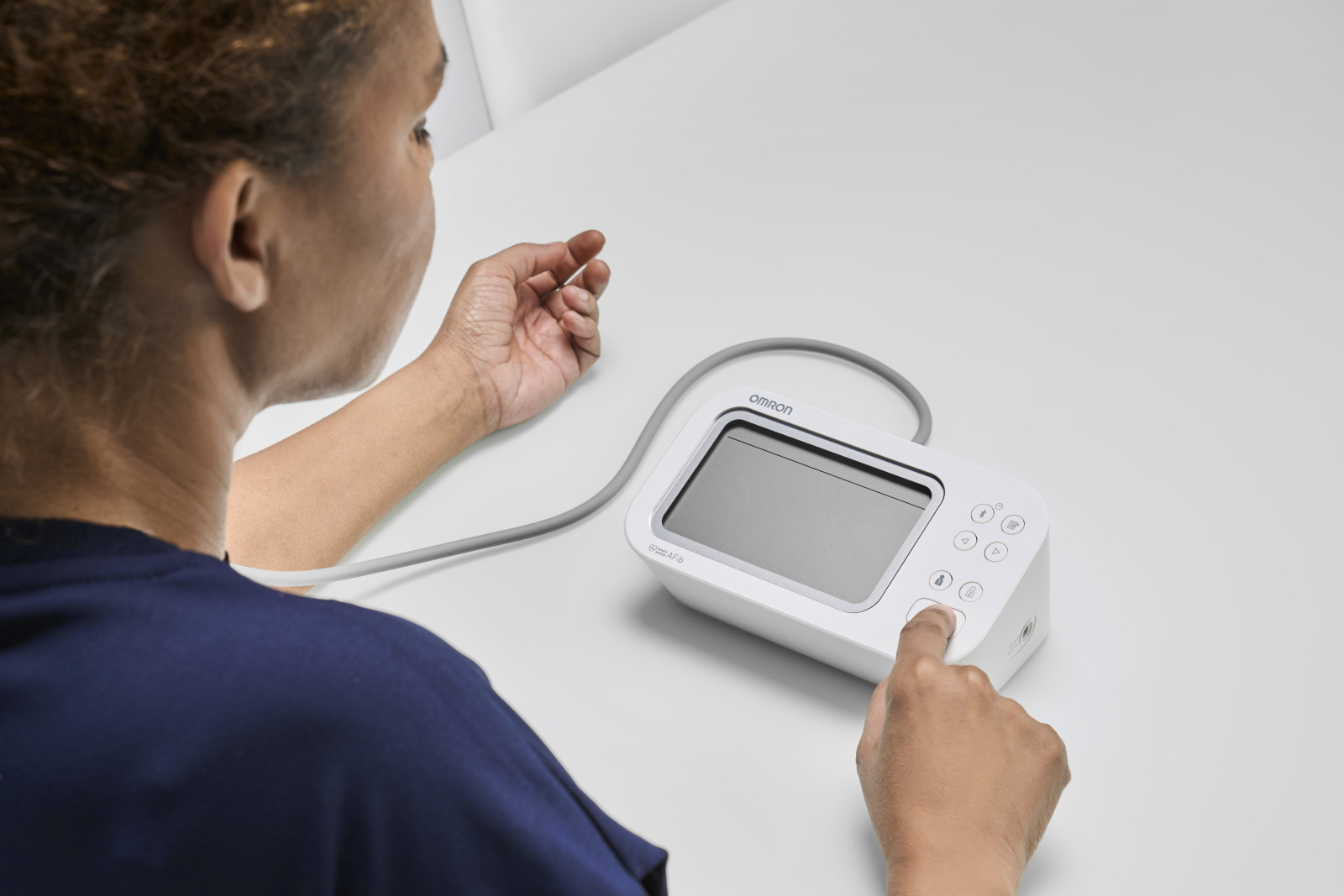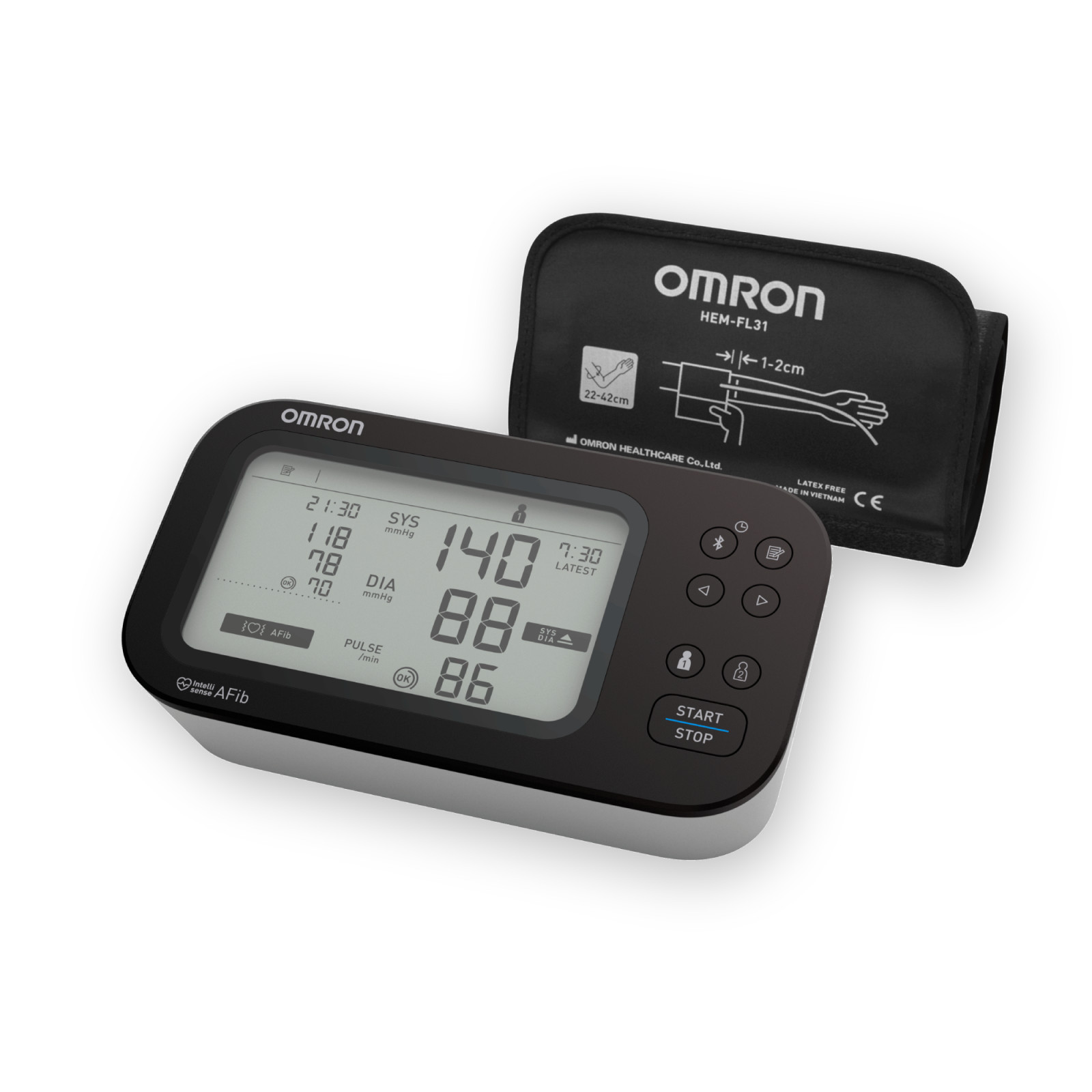
High Blood Pressure in Young Adults: Why Early Monitoring Matters
The Rising Concern of High Blood Pressure in Young Adults

Introduction: The Rising Concern of High Blood Pressure in Young Adults
High blood pressure in young adults (age 18-40 years) is becoming an increasingly recognized concern worldwide. Once thought to be an issue primarily affecting older adults, hypertension is now being diagnosed more frequently among people in their 20s and 30s. This trend is concerning because early-onset hypertension is associated with a higher lifetime risk of cardiovascular disease. For healthcare professionals, this shift underscores the need to expand preventive strategies to younger populations. Addressing hypertension early not only reduces immediate health risks but also prevents long-term complications that can significantly affect public health outcomes.
Understanding Hypertension in Young Adults
Hypertension is defined as blood pressure consistently above 130/80 mmHg, according to current (European) clinical guidelines. While this threshold applies across age groups, diagnosing hypertension in young adults presents unique challenges. Many younger individuals are asymptomatic, and routine blood pressure checks are often overlooked in this age group. Misconceptions—such as assuming that cardiovascular disease only occurs later in life—can delay diagnosis and treatment. Furthermore, the transient blood pressure fluctuations commonly seen in younger individuals can complicate accurate diagnosis. Recognizing these challenges is vital for clinicians seeking to improve early detection and management in this population.
Why Early Monitoring of Hypertension Matters
Early monitoring of hypertension in young adults is essential to preventing long-term health complications. Left untreated, high blood pressure silently damages blood vessels and organs over time, increasing the risk of heart disease, stroke, kidney disease, and cognitive decline. The earlier hypertension develops, the longer its negative effects accumulate. This makes early-onset hypertension particularly dangerous compared to cases diagnosed later in life. By identifying elevated blood pressure early, healthcare professionals can intervene before irreversible damage occurs. In addition, early monitoring empowers young adults to take ownership of their cardiovascular health, improving adherence to preventive measures and treatment plans.
Key Risk Factors for High Blood Pressure in Young Adults
Several factors contribute to hypertension in young people, including both lifestyle and medical influences:
Lifestyle factors: Poor dietary habits, high sodium intake, lack of exercise, and chronic stress.
Medical factors: Family history of hypertension, obesity, and conditions such as diabetes or kidney disease.
Substance use: Alcohol, smoking, and recreational drug use further increase risk.
For young adults, the combination of busy lifestyles, increased screen time, and high stress levels creates an environment where these risk factors accumulate. Identifying and addressing these elements early is essential for effective prevention and management.
Strategies for Monitoring and Managing Hypertension in Young Adults
Effective management of hypertension in young adults begins with early monitoring. Encouraging patients to regularly check their blood pressure at home helps identify trends, detect elevated readings, and overcome the limitations of infrequent office visits. Home blood pressure monitoring is a practical, accessible tool that supports early diagnosis and ongoing management.
Lifestyle interventions remain the first-line approach:
Following heart-healthy diets, such as the DASH diet, with reduced sodium intake.
Regular physical activity and weight management.
Stress reduction techniques, including mindfulness and improved sleep hygiene.
Medical interventions may be required for patients who do not achieve control through lifestyle changes alone. Treatment plans should be tailored to younger individuals, balancing efficacy with minimal side effects to support long-term adherence.

Preventing Hypertension in Young Adults
Prevention is more effective than treatment, especially in younger populations. Raising awareness of hypertension as a “silent condition” is critical since many young adults are unaware they may be at risk. Healthcare professionals should encourage routine screenings, even in asymptomatic patients.
Community and workplace initiatives can also play an important role. Programs promoting healthy eating, physical activity, and stress management can reduce risk factors on a broader scale. By integrating prevention into daily life—at schools, universities, and workplaces—healthcare systems can foster a culture of cardiovascular health that empowers young adults to make long-term positive choices.
Conclusion
The growing prevalence of high blood pressure in young adults highlights the urgent need for proactive detection and management strategies. Home blood pressure monitoring is a key tool, enabling early identification and empowering patients to track their health outside the clinic.
For healthcare professionals, advocating for regular checks, promoting lifestyle interventions, and providing timely medical treatment when needed can significantly reduce long-term risks. Early intervention not only prevents complications like stroke and heart disease but also improves overall public health. By acting early, we can help younger generations build healthier futures.
References
Whelton PK, Carey RM, Aronow WS, et al. 2017 ACC/AHA/AAPA/ABC/ACPM/AGS/APhA/ASH/ASPC/NMA/PCNA Guideline for the Prevention, Detection, Evaluation, and Management of High Blood Pressure in Adults. Journal of the American College of Cardiology. 2018;71(19):e127–e248. doi:10.1016/j.jacc.2017.11.006
McEvoy, John William, et al. "2024 ESC Guidelines for the management of elevated blood pressure and hypertension: Developed by the task force on the management of elevated blood pressure and hypertension of the European Society of Cardiology (ESC) and endorsed by the European Society of Endocrinology (ESE) and the European Stroke Organisation (ESO)." European heart journal 45.38 (2024): 3912-4018.
Mancia Chairperson, Giuseppe, et al. "2023 ESH Guidelines for the management of arterial hypertension The Task Force for the management of arterial hypertension of the European Society of Hypertension Endorsed by the European Renal Association (ERA) and the International Society of Hypertension (ISH)." Journal of hypertension 41.12 (2023): 1874-2071.
Yano Y, Reis JP, Colangelo LA, et al. Association of blood pressure classification in young adults using the 2017 ACC/AHA blood pressure guideline with cardiovascular events later in life. JAMA. 2018;320(17):1774–1782. doi:10.1001/jama.2018.13551
Ogedegbe G, Shah NR. Management of hypertension in younger people: spotlight on prevention and lifestyle interventions. Current Hypertension Reports. 2020;22(7):53. doi:10.1007/s11906-020-01057-0
Lewington S, Clarke R, Qizilbash N, Peto R, Collins R; Prospective Studies Collaboration. Age-specific relevance of usual blood pressure to vascular mortality: a meta-analysis of individual data for one million adults in 61 prospective studies. Lancet. 2002;360(9349):1903–1913. doi:10.1016/S0140-6736(02)11911-8
OHEAPP-956










